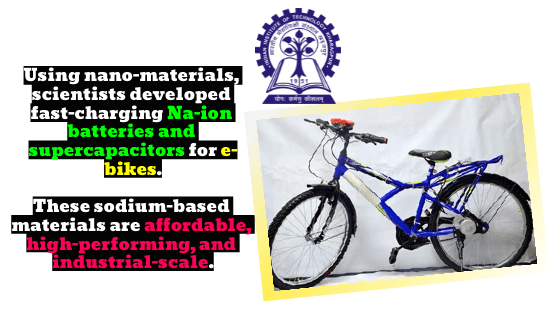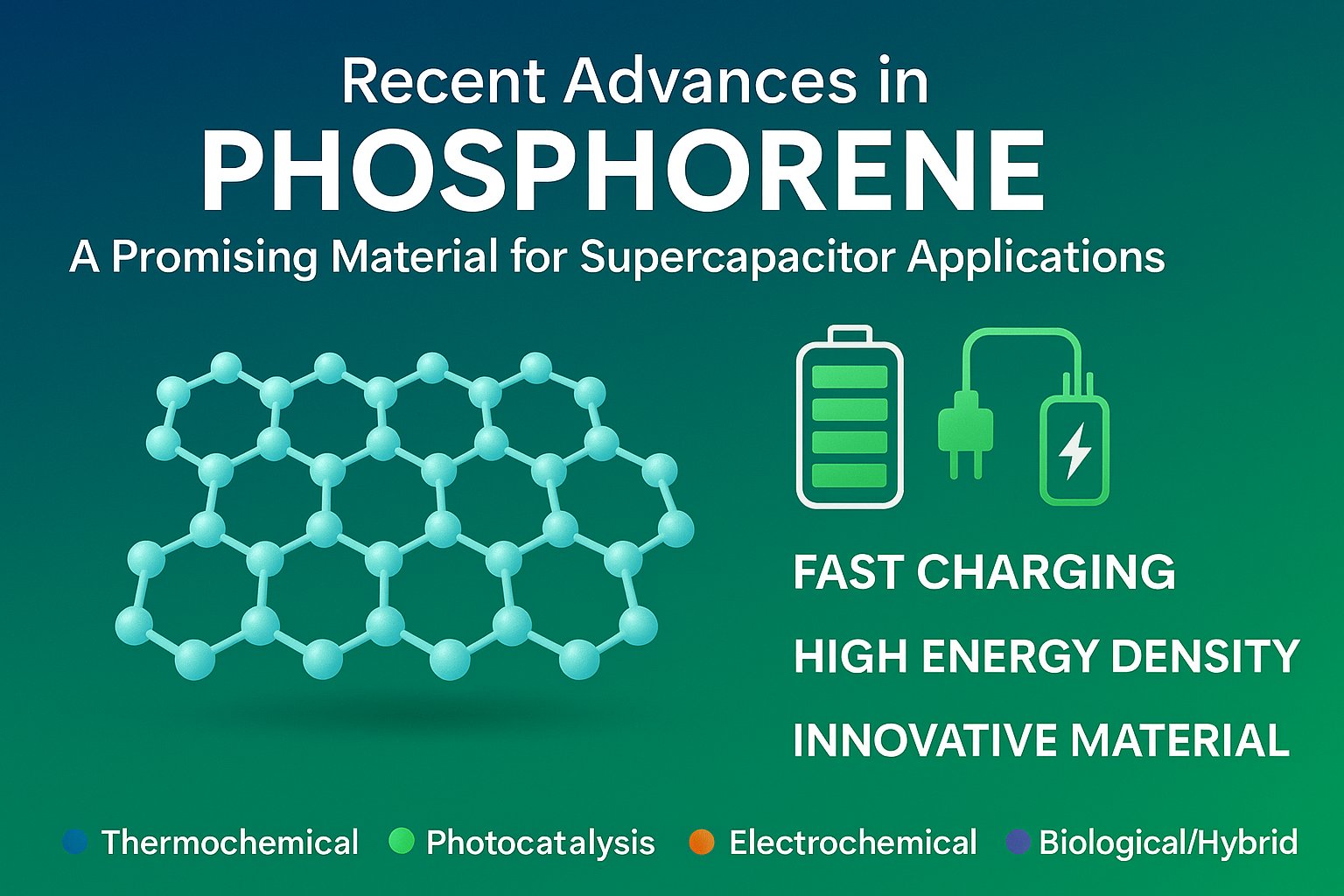Scientists have used nanomaterials to make batteries and supercapacitors based on Na-ion that can be charged quickly and put in e-bikes. They are less expensive than Li-ion materials, work well, and can be used at an industrial level.
Key Highlight:
- Scientists have used nanomaterials to make batteries and supercapacitors based on Na-ion that can be charged quickly and put in e-bikes.
- The low-cost Na-ion-based technologies would be cheap and are expected to cut the cost of e-cycles by a lot.
- These sodium-based materials are cheaper than Li-based materials, work well, and can be made on a large enough scale to be used in factories.
- With more work, these vehicles could drop to Rs. 10-15 K. This would make them about 25% cheaper than e-cycles that use Li-ion storage technologies.
Scientists have used nanomaterials to make batteries and supercapacitors based on Na-ion that can be charged quickly and put in e-bikes. The low-cost Na-ion-based technologies would be cheap and are expected to cut the cost of e-cycles by a lot.
Because there is a lot of sodium in nature and sodium-ion (Na-ion) batteries are cheap, they have caught the attention of scientists and businesspeople as a possible alternative to lithium-ion batteries.
Dr. Amreesh Chandra, a professor in the Physics Department at the Indian Institute of Technology Kharagpur, has been developing energy storage technologies based on Na-ion, and his team has made a lot of nanomaterials. With help from the Technology Mission Division (TMD) of the Department of Science and Technology (DST), Government of India, the team made sodium iron phosphates and sodium manganese phosphates. They used these to make Na-ion batteries and supercapacitors. A battery was made by putting these sodium materials together with some new ways of arranging carbon.
These sodium-based materials are cheaper than Li-based materials, work well, and can be made on a large enough scale to be used in factories. Like a capacitor, the Na-ion cell can also be completely drained to 0 volts. This makes it safer than many other storage technologies. Dr. Amreesh has made use of the fact that Na-ion batteries can be charged quickly by putting them in e-cycles. This gives the general public an easy and affordable way to charge their batteries.
With more work, these vehicles could drop to Rs. 10-15 K. This would make them about 25% cheaper than e-cycles that use Li-ion storage technologies. Since it would be easier to get rid of batteries made with Na-ion, this could also help with climate change. The research on Supercapacitors was published in the Journal of Power Sources, and a few patents are in the works for using these Na-ion-based batteries in e-bikes.
The DST’s Materials paid for this research for the Energy Storage scheme, Dr. Ranjith Krishna Pai, Scientist ‘E’ (TMD-EWO), and Dr. Anita Gupta, Head (TMD-EWO), both of the DST, helped with it.





[…] Supercapacitors and Na-ion batteries were used in the development of a… […]